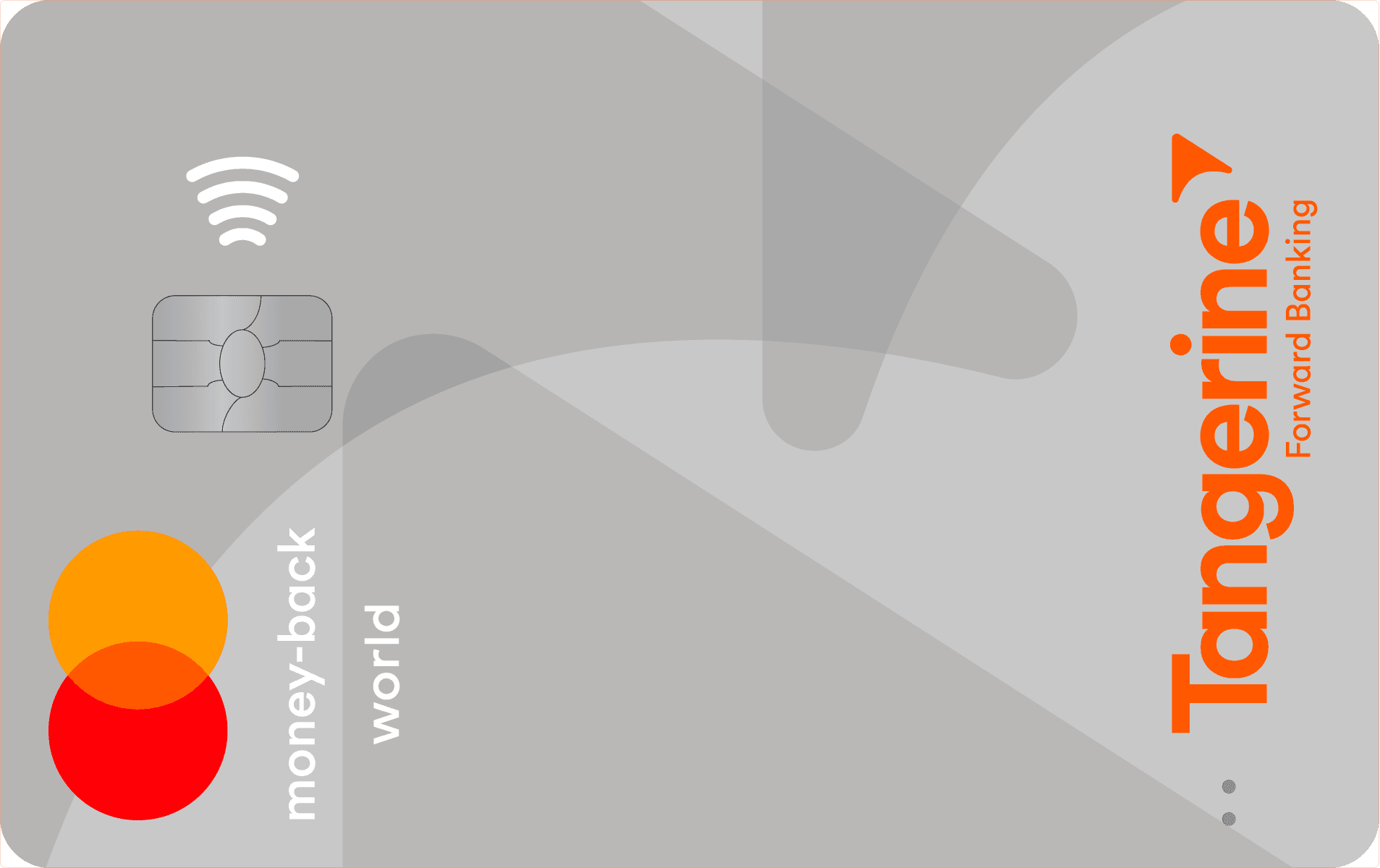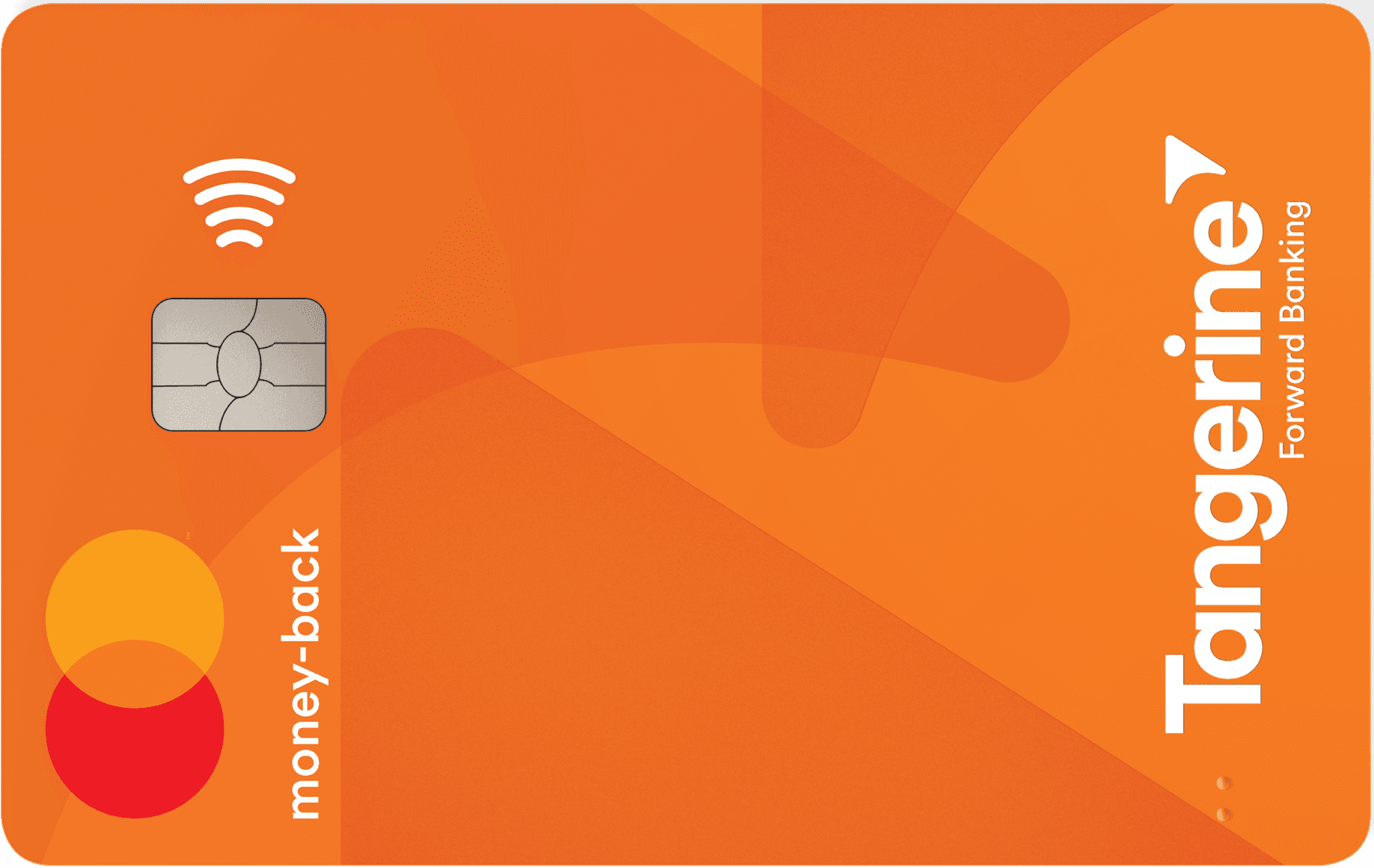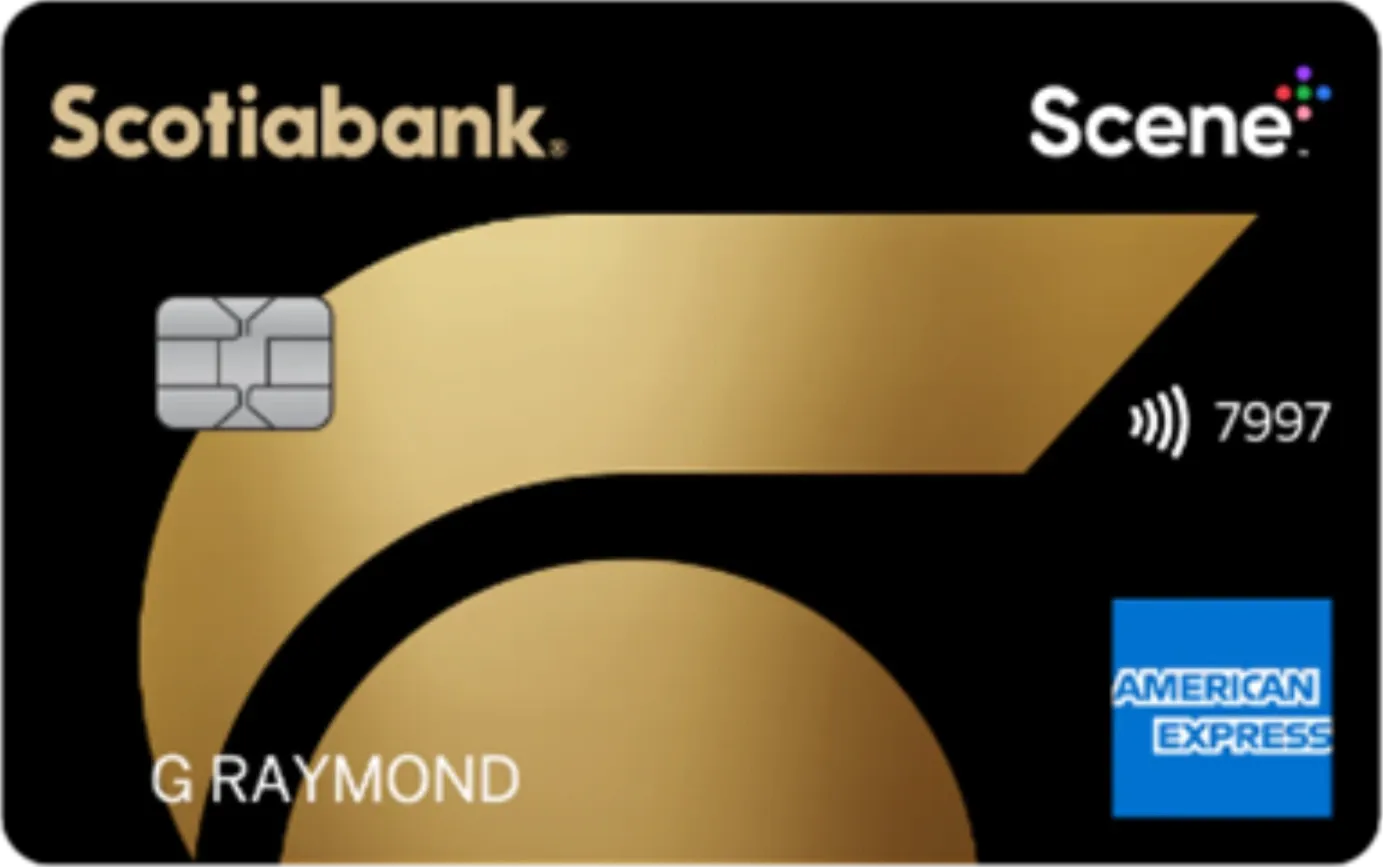Working hard in the background...
Savings vs Chequing Accounts in Canada
Published Nov 25, 2025 1:01 PM • 5 min read
Every Canadian needs a place to keep their hard-earned cash. But not all bank accounts are built for the same purpose. Some accounts are for everyday spending, like paying bills and buying groceries, while others exist to help your money grow by earning interest.
If you’re wondering whether you should be using a chequing or savings account, it’s important to understand the difference between the two. Each account affects how you earn interest, what fees you pay, and how easily you can access your money.
In this guide, we’ll discuss how savings and chequing accounts work in Canada, when to use each, and how combining both can help you make the most of your money.
What Is a Chequing Account?
A chequing account is your everyday account. It’s where you pay your bills and where your paycheque lands. It’s also the account that money gets pulled from when you swipe your debit card or send an Interac e-Transfer.
The main job of this account type is accessibility. In Canada, chequing accounts typically aren’t designed for growth. They usually pay little, if anything, in interest. Instead, they tend to focus on speed and convenience.
Typical features of chequing accounts in Canada include:
- Capped (or unlimited) monthly transactions
- Debit card and ATM access
- Direct deposit
- Pre-authorized payments
- Interac e-transfer capabilities
- Overdraft protection
While the account is flexible, it comes at a cost. Many Canadian banks charge a monthly fee, which can range from $4 to $30 depending on the account type and the plan that you select. Some banks will waive the fee if you maintain a minimum balance, set up direct deposit, or have multiple other products at the same institution.
What Is a Savings Account?
A savings account acts quite differently compared to a chequing account. This account type has an entirely different purpose: it helps your money to grow.
Rather than being used for daily spending, savings accounts are for holding and earning. Typically, they offer higher interest rates, anywhere from 1% to 4% depending on the bank. Some high-interest savings accounts offer up to 5% as a promotional rate. With elevated earning potential, these accounts help Canadians stash and compound their idle cash rather than storing it in a chequing account.
While savings accounts often offer higher growth rates, they also come with their own limitations. Most banks, for example, restrict the number of free withdrawals or transfers and may charge a fee if you exceed the limit. The reason? The account is for saving, not spending.
Online financial institutions have made savings accounts more competitive in recent years. With no branch overhead, they have fewer costs and can pass along higher interest rates to their customers.
Key Differences Between Chequing and Savings Accounts
Each type of account serves a purpose, which means that most Canadians can benefit from having both. Your chequing account is the vehicle that helps keep your cash moving, while your savings account lets your balance quietly earn interest in the background.
Though they have different purposes, they both have protection under the Canadian Deposit Insurance Corporation (CDIC). The agency provides insurance coverage on eligible deposits in both types of accounts up to $100,000 per depositor per institution. This means you don’t need to worry about the safety of your money.
Here is a quick comparison to show how chequing and savings accounts differ in Canada.
Feature | Chequing Account | Savings Account |
|---|---|---|
Purpose | Everyday spending | Earning interest and building savings |
Interest rate | ~ 0% to 0.05% | ~ 1% to 5% with promotional rate |
Transactions | Unlimited or capped monthly | Limited monthly withdrawals |
Fees | Monthly charges (possibly waived with minimum balance or direct deposit requirement) | Often no charge, though interest rates may be lower to compensate |
Accessibility | Debit card, ATM, Interac e-Transfer | Transfers only. Typically no debit card |
Best for | Daily use, bill payments and deposits | Emergency fund and short-term goals |
When to Use Chequing vs Savings Accounts
As you dig into the differences between bank accounts, you will likely find that these two account types complement each other. Essentially, they’re both useful and can complement your financial toolbox. Consider using a chequing account for liquidity and recurring bills and a savings account for growth on travel savings or for an emergency fund.
In terms of how to choose the right account, consider interest rates and promotional offers as well as monthly fees and charges. Also look into whether minimum balances are required.
Digital tools also matter. Some banks offer additional in-depth financial planning tools while others simply provide an overall snapshot of your balance.
In practice, when you are using both types of accounts, it may be helpful to link them or have them with the same financial institution so you can easily move money between the two.
Takeaway
A chequing account keeps your money moving while a savings account helps it grow. Each account has a separate function, though they both complement your finances.
If you do choose to use both a chequing and a savings account, consider keeping the balance of your chequing account low. This way, you can cover your bills and daily spending but have the rest set aside in savings where it can earn interest. By pairing the two, you can get the liquidity you need without missing out on the earning potential.
Frequently Asked Questions
You can, but it may not be a good idea. Since it’s not designed for frequent transactions, many banks limit withdrawals or charge an extra fee when you go beyond a set number each month.
Yes. Interest rates vary by institution, but many Canadian savings accounts offer around 1% to 2.5%. Some banks advertise limited-time promotional offers which can reach 5%.
Yes, both have coverage of up to $100,000 per depositor, per category, at member institutions. For more information, see our guide to CDIC Insurance.
It depends on your personal situation and your savings goals. One way to start saving is to set up an automatic transfer every payday. Transferring even a small amount builds consistency and helps you reach your goals faster.
Sometimes, yes. Digital banks have lower overhead costs and can afford to offer higher interest and fewer fees than traditional banks.
Absolutely. Many Canadians open multiple accounts to separate goals. For example, you may choose to open three different savings accounts, one for your emergency fund, another for travel, and a final one for your first home.
Trending Offers

MBNA Rewards World Elite® Mastercard®

Tangerine® Money-Back World Mastercard®*

Tangerine Money-Back Mastercard

Scotiabank Gold American Express® Card
About the author

Lauren Brown
Editor
Lauren is a freelance copywriter with over a decade of experience in wealth management and financial planning. She has a Bachelor of Business Administration degree in finance and is a CFA charterholde...
SEE FULL BIOAbout the editor

Sara Skodak
Lead Writer
Since graduating from the University of Western Ontario, Sara has built a diverse writing portfolio, covering topics in the travel, business, and wellness sectors. As a self-started freelance content ...
SEE FULL BIOAbout the reviewer

Kevin Shahnazari
Credit Card Expert
Kevin started FinlyWealth and juggles a bit of everything—digging into data, running our marketing, and keeping the finances on track. Before this, he spent years as a data scientist at tech companies...
SEE FULL BIO